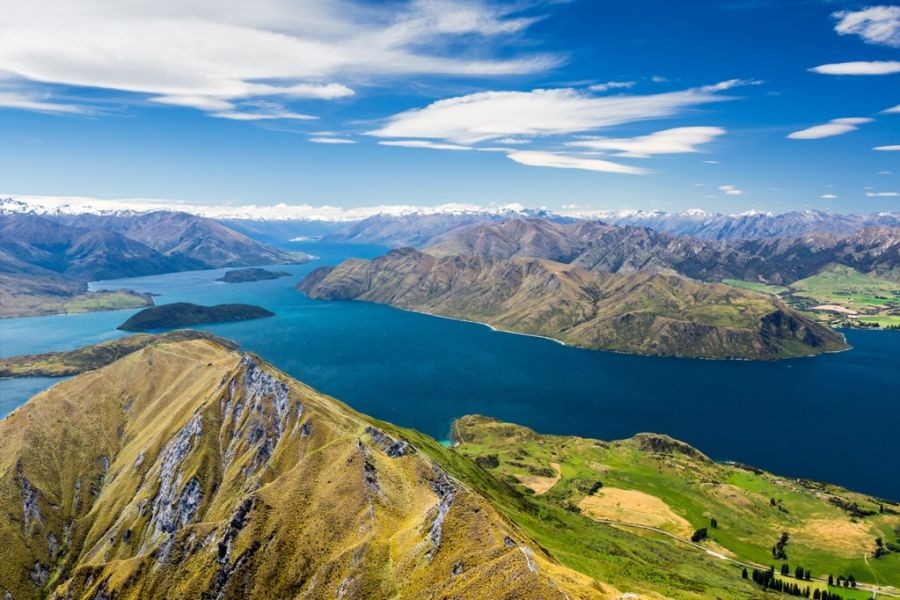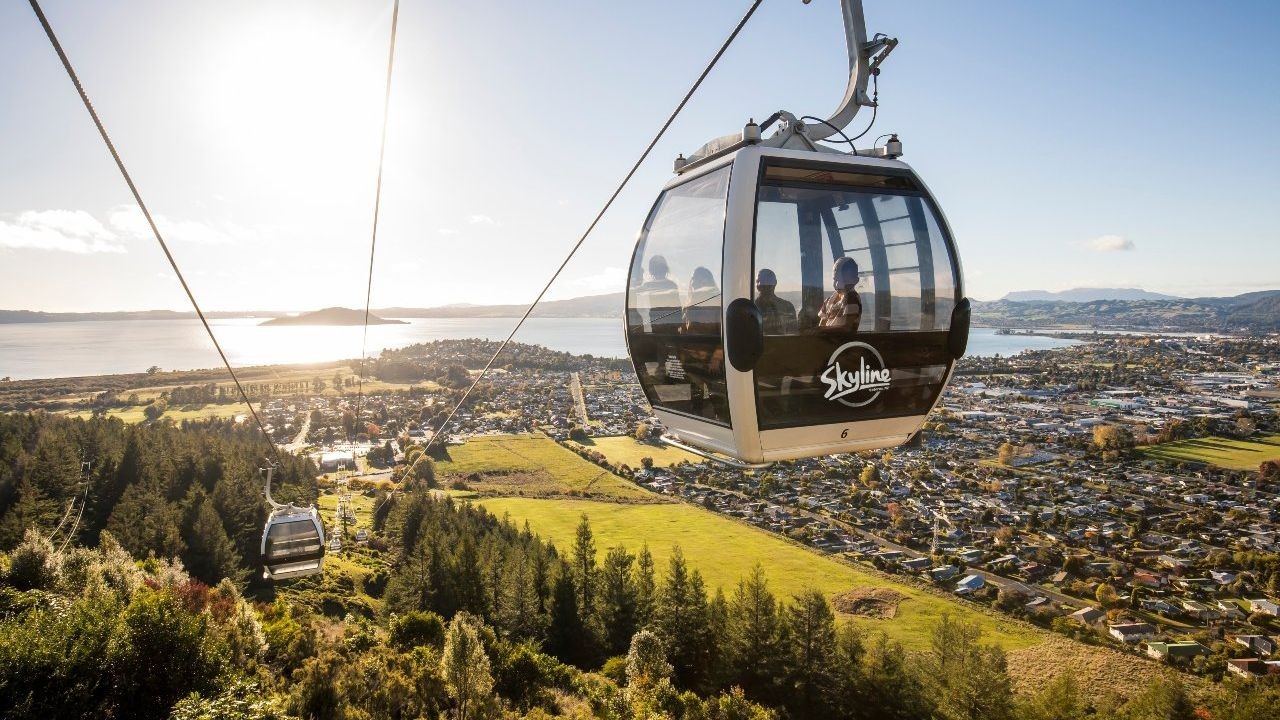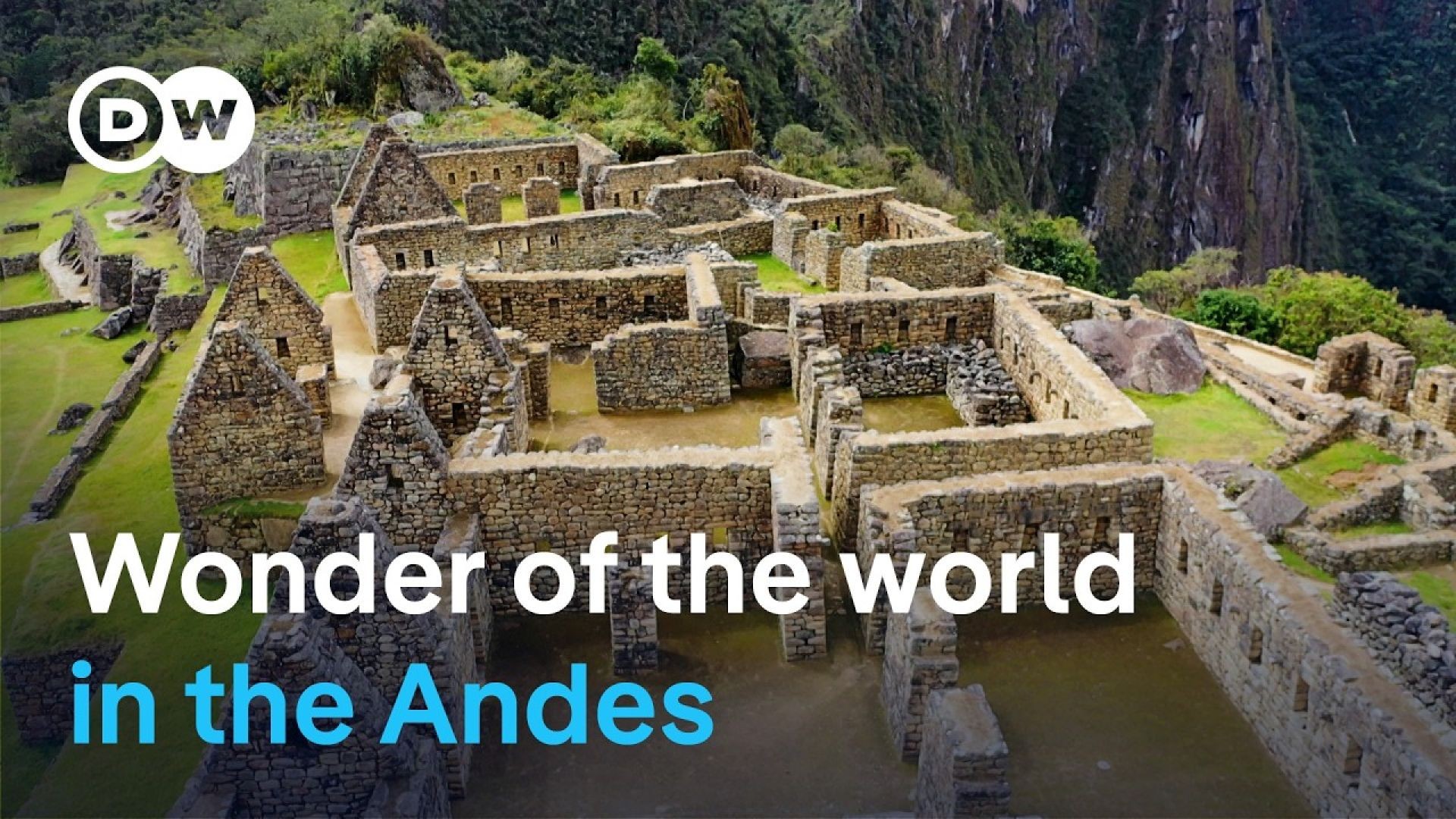Imagine a world where the breathtaking mountain regions of New Zealand, long celebrated for their pristine beauty, become the next frontier for innovative property development. With the current shifts in global real estate trends, New Zealand's mountainous landscapes present both unparalleled opportunities and significant challenges for property developers. This article delves into the intricacies of developing in these unique terrains, offering insights backed by data and expert analysis.
Understanding New Zealand's Mountain Regions
New Zealand is home to some of the world's most stunning mountain ranges, including the Southern Alps and the volcanic peaks of the North Island. These areas are not only pivotal to the country's natural heritage but also hold untapped potential for property development. According to Stats NZ, tourism in these regions contributes significantly to the national economy, generating billions annually and offering a promising avenue for real estate investment.
The Economic Significance
New Zealand's mountainous areas are integral to the tourism industry, attracting millions of visitors each year. The Ministry of Business, Innovation, and Employment (MBIE) reports that tourism contributed NZD 41 billion to the economy in 2022, with a considerable portion driven by mountain tourism. This economic impact underscores the potential value of property developments in these areas, catering to both tourists and locals seeking unique residential experiences.
Pros and Cons of Developing in Mountain Regions
Before diving into development, it's crucial to weigh the advantages and challenges of building in New Zealand's mountain regions.
✅ Pros:
- Scenic Appeal: Properties in these regions offer unparalleled views, increasing their market value and appeal.
- Tourism Potential: Leveraging the natural allure can lead to lucrative tourism-centric developments.
- Sustainability: Opportunities to incorporate eco-friendly designs that appeal to environmentally conscious consumers.
- Exclusive Market: Limited availability can create a high-demand, exclusive market.
- Long-Term Investment: As tourism grows, property values are likely to appreciate.
❌ Cons:
- Environmental Concerns: Development can disrupt local ecosystems, facing stricter regulatory hurdles.
- Infrastructure Challenges: Building in remote locations requires significant investment in infrastructure.
- Weather Risks: Mountainous areas are prone to adverse weather, impacting construction and maintenance.
- Regulatory Compliance: Strict compliance with conservation laws can limit development possibilities.
- Costly Logistics: Transporting materials to remote sites can increase costs substantially.
Real-World Case Studies
Case Study: Cardrona Alpine Resort – Balancing Development and Conservation
Problem:
Cardrona Alpine Resort, located in the Southern Alps, aimed to expand its facilities to accommodate growing tourist numbers. However, the project faced significant environmental and logistical challenges due to its remote location and the need to preserve the natural landscape.
Action:
The resort employed a sustainable development approach, incorporating eco-friendly materials and renewable energy sources. They partnered with local conservation groups to ensure the expansion was environmentally responsible.
Result:
- Visitor capacity increased by 30% within the first year.
- Energy consumption reduced by 20% through the use of solar panels.
- Positive feedback from environmental organizations, enhancing the brand's reputation.
Takeaway:
This case study highlights the importance of integrating sustainability in property development, particularly in ecologically sensitive areas. New Zealand developers can learn from Cardrona's approach to balancing growth with conservation.
Debunking Common Myths
Despite the potential, several misconceptions deter developers from exploring these regions:
Myth: "Mountain regions are too remote for profitable development."
Reality: With advancements in technology and infrastructure, remote areas can be transformed into thriving hubs of activity. The success of resorts like Cardrona proves the viability of such developments.
Myth: "Environmental regulations make it impossible to build."
Reality: While stringent, these regulations ensure sustainable development, preserving the natural beauty that attracts visitors. Creative solutions can align development goals with environmental standards.
Future Trends and Predictions
The future of property development in New Zealand's mountain regions is shaped by several emerging trends. According to the Reserve Bank of New Zealand, climate change considerations are increasingly influencing real estate investments. By 2030, it's predicted that sustainable property developments will become a norm, driven by consumer demand and regulatory pressures.
Moreover, technological advancements in construction and material science are expected to reduce the costs associated with building in challenging terrains, making mountain regions more accessible for developers. Collaborative efforts between policymakers and developers will likely result in innovative solutions that balance growth with ecological preservation.
Conclusion
Exploring New Zealand's mountain regions for property development presents a unique blend of challenges and opportunities. By understanding the local context, leveraging sustainable practices, and navigating regulatory landscapes, developers can tap into the immense potential these areas hold. As the nation continues to focus on sustainable growth, the integration of innovative strategies in mountain property development will be pivotal in shaping New Zealand's future landscape.
What are your thoughts on developing in New Zealand's mountain regions? Share your insights and join the conversation below!
People Also Ask
- How does developing in mountain regions impact New Zealand's economy?Developments in these regions can enhance tourism, contributing significantly to the national economy by attracting more visitors and creating jobs.
- What are the biggest misconceptions about mountain property development?A common myth is that such developments are not viable. However, successful projects like Cardrona Alpine Resort show that sustainable practices can lead to profitability.
- What are the best strategies for developing in mountain regions?Experts recommend focusing on sustainability, leveraging local partnerships, and ensuring regulatory compliance to achieve long-term success.
Related Search Queries
- New Zealand mountain property development
- Sustainable building practices in NZ
- Economic impact of tourism in NZ
- Challenges of building in remote areas
- Future trends in NZ real estate
- Environmental regulations for NZ developers
- Mountain resort developments in New Zealand






























